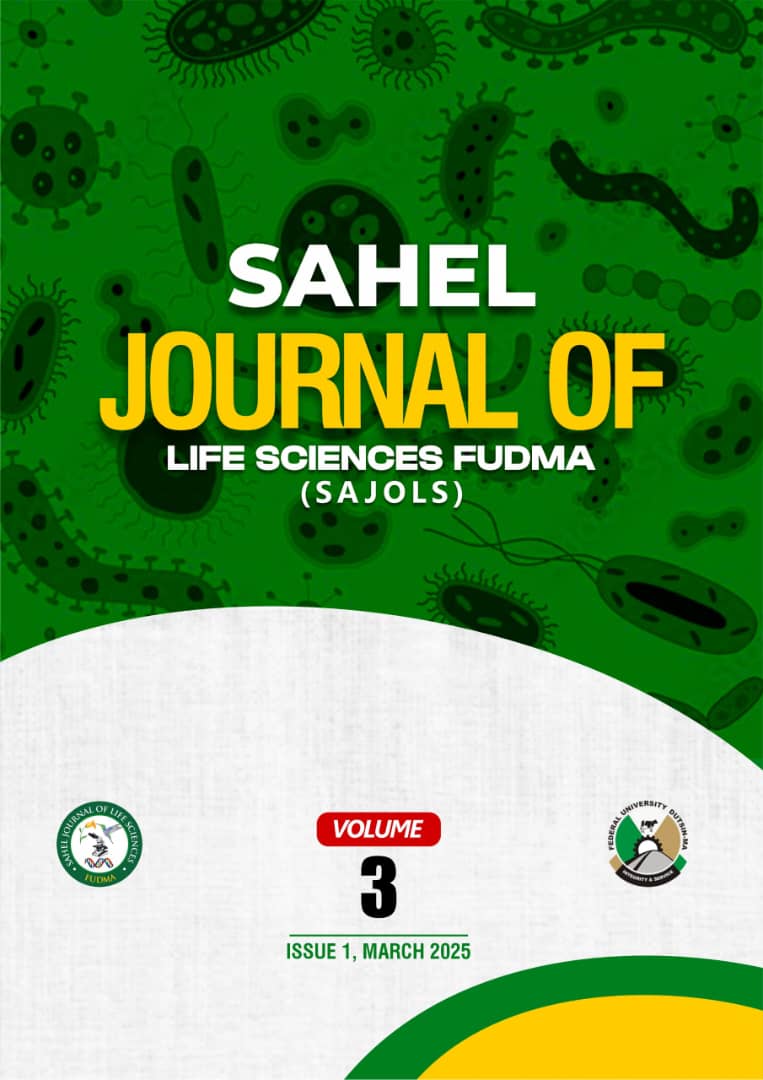Prevalence of Haemoparasites in Donated Blood from Selected Blood Banks within Kaduna Metropolis
DOI:
https://doi.org/10.33003/sajols-2025-0301-64Abstract
Haemoparasites are blood-dwelling parasites transmitted through transfusion of infected blood. This study aimed to determine the prevalence of haemoparasites in donated blood and assess their distribution based on sociodemographic factors. A total of 384 blood samples were collected from selected blood banks within Kaduna metropolis. Samples were collected into Ethylene Diamine Tetra Acetic Acid (EDTA) bottles, and both thin and thick smears were prepared and stained with Giemsa stain. Microscopic examination was carried out under ×100 oil immersion objective. Results showed that Plasmodium falciparum was the only haemoparasite detected in the samples. The overall prevalence was 27.7%. Among the locations, Tudun Wada had the highest prevalence (27.7%), while Gwamna Awam had the lowest (22.33%). Occupation-wise, farmers had the highest infection rate (77.77%), and artisans the lowest. Donors aged 18–28 years showed the highest prevalence (52.12%), while those aged 38–48 years had the lowest (28.57%). Prevalence was higher among single donors (33.33%) compared to married donors (23.98%). Educational level also influenced prevalence, with uneducated donors showing the highest (57.14%) and those with secondary education the lowest (39.09%). Rural residents recorded a higher prevalence (59.09%) than urban and semi-urban dwellers (15.66%). In conclusion, Plasmodium falciparum was the only haemoparasite found in donated blood within Kaduna metropolis. Molecular techniques are recommended for further detection of other possible haemoparasites such as Trypanosoma, Leishmania, and Toxoplasma.


